Simareh, the “Hidden Pompeii” of Iran that opens a window to the ancient world
-
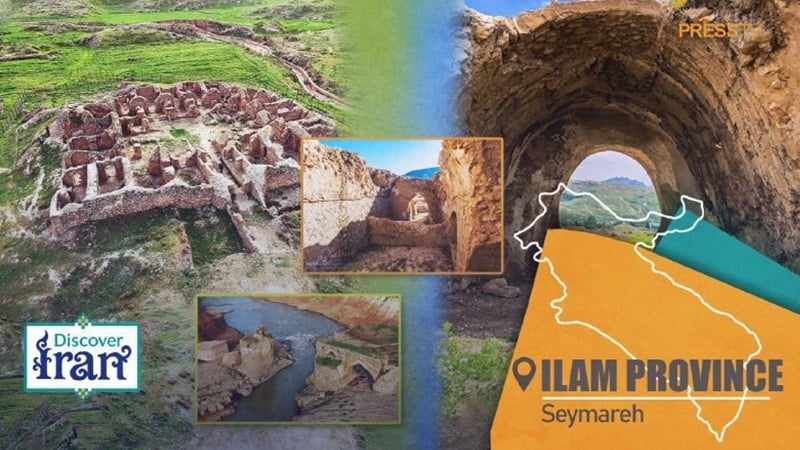
Simareh, the Hidden Pompeii of Iran that opens a window to the ancient world
Pars Today – Simareh, once known as Madaktu, showcases its Elamite roots and the grandeur of a Sassanid city, with palaces, temples, workshops, and early Islamic mosques remarkably well-preserved.
The ancient city of Simareh, often referred to as the “Hidden Pompeii of Iran,” is located in Ilam Province in western Iran and stands as an outstanding example of advanced urban planning from the Sassanid era, visible in its well-preserved palaces, bathhouses, and fire temples. According to Pars Today, citing Press TV, the city lies on the slopes of the Zagros Mountains, along the southern bank of the Simareh River, where its weathered outlines still reveal the overall shape of the city.
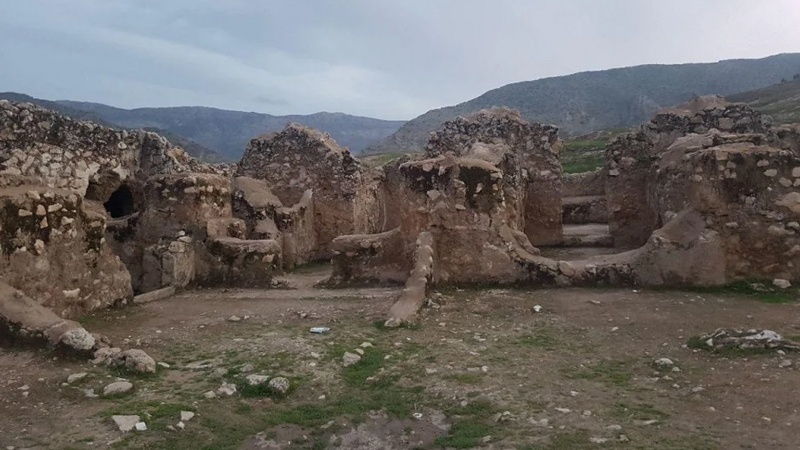
In ancient times, Simareh was known as Madaktu. This vast ruin was once a thriving urban center and the cultural and economic heart of the region. Today, beneath its stones, the whispers of the Elamites, Sassanids, and the early Islamic world can still be heard. Simareh is situated southeast of the modern city of Dareh Shahr, surrounded by the towering peaks of Kabir Kuh.
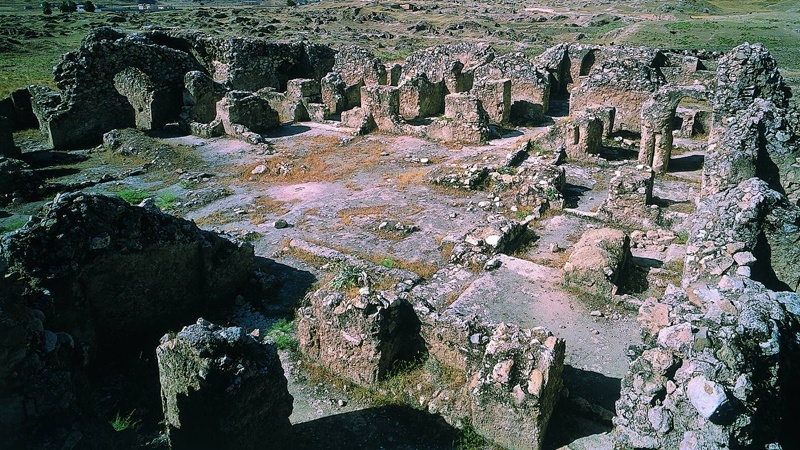
Archaeologists estimate that at its peak, the city spanned between 142 and 200 hectares, making it the largest archaeological site in Ilam Province. Its location at the crossroads of mountain passes and river valleys gave it exceptional strategic and commercial importance.
From Madaktu to Simareh
In the 7th century BCE, the city was conquered by the Assyrian armies, its walls were torn down, and its streets were left deserted. But the story of the city did not end there. Centuries later, during the Sassanid era, it was rebuilt and its name changed from Madaktu to Simareh. The new city became a symbol of the empire’s prosperity: wide streets lined with bazaars, elegant buildings adorned with intricate stucco work, and advanced urban planning that included water channels and an early sewage system.
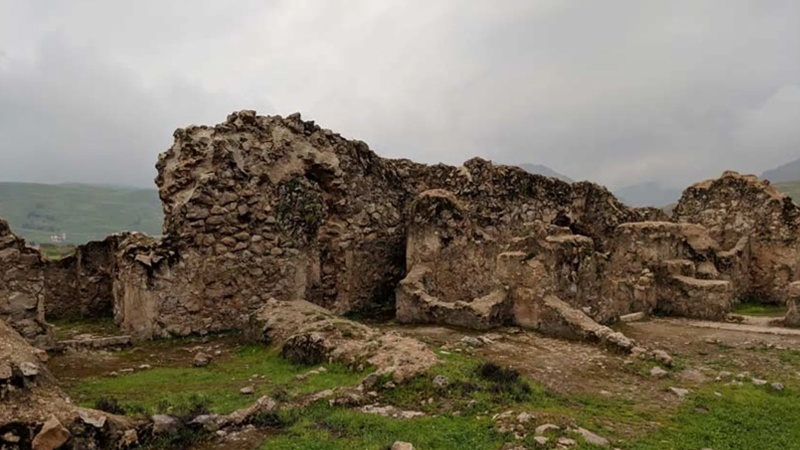
An earthquake that ended an era
The fate of Simareh came to a sudden halt in the mid-10th century CE. Historical and geological evidence point to a devastating earthquake in the year 334 AH (945 CE) that turned much of the city into ruins. Archaeological findings suggest that part of the population may have abandoned the city before the quake—possibly for economic or political reasons that we may never fully understand.
Because of its sudden destruction and remarkable preservation, the site became known as the “Hidden Pompeii of Iran.” Much like the Roman city of Pompeii, which was buried under volcanic ash, Simareh was destroyed and abandoned after the earthquake. Its ruins, buried for centuries beneath layers of earth, have preserved streets, buildings, and historical artifacts that define the city’s fame today.
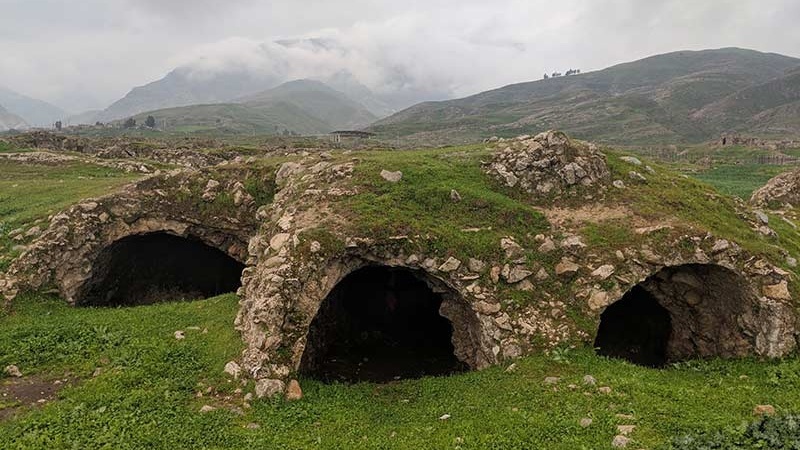
Unearthing the past
Since the early 20th century, Simareh has drawn the attention of explorers and archaeologists. Figures such as Henry Rawlinson, Jacques de Morgan, and the Holmes archaeological mission recorded their observations of this ancient site, while modern excavations have revealed its hidden treasures. These include some of the earliest mosques in Iran, the remains of a nobleman’s residence, pottery and glassmaking workshops, flood-control structures, and outstanding examples of Sassanid and early Islamic stucco work.
Each discovery adds another thread to the city’s intricate historical tapestry. Among the most fascinating finds are the city’s industrial facilities. Kilns for pottery and glassmaking show that Simareh was not only a political center but also a hub of handicrafts and trade. The sophistication of these workshops suggests the city had strong connections to regional—and perhaps even international—commerce.
Simareh and world heritage
In 1931, Simareh became one of the first archaeological sites to be listed as a national heritage site. There are over 150 registered historical monuments around Dareh Shahr, from the Sassanid-era Gavmishan Bridge to the Chahartaqi fire temple of Sarkhabad. For visitors, Simareh offers a rare experience: walking through the bones of a city that has lain silent for a thousand years. Waterfalls such as Marbareh and striking gorges like Bahram Chubin complete the picture of a place where history and nature are deeply intertwined.
MG


